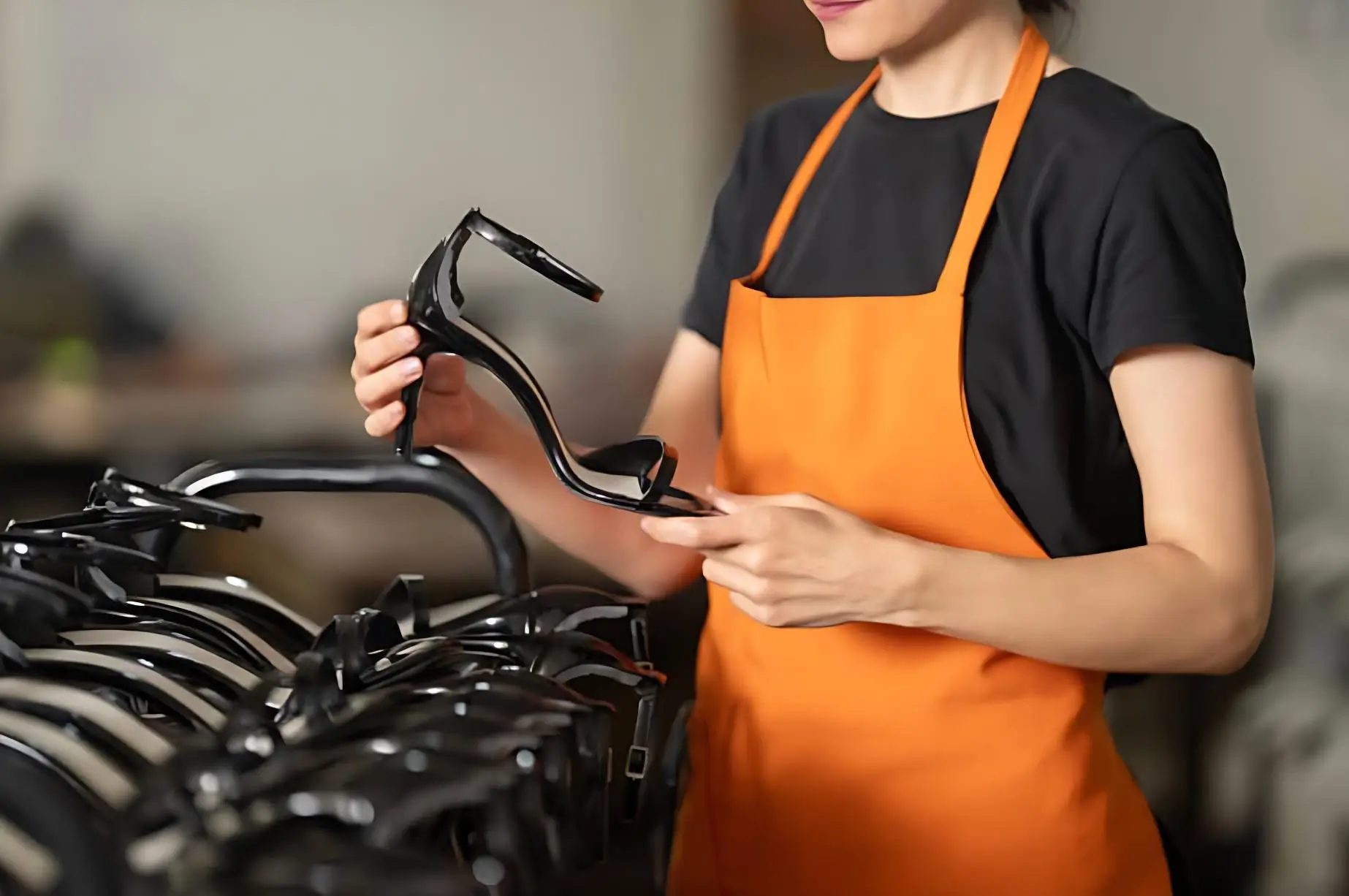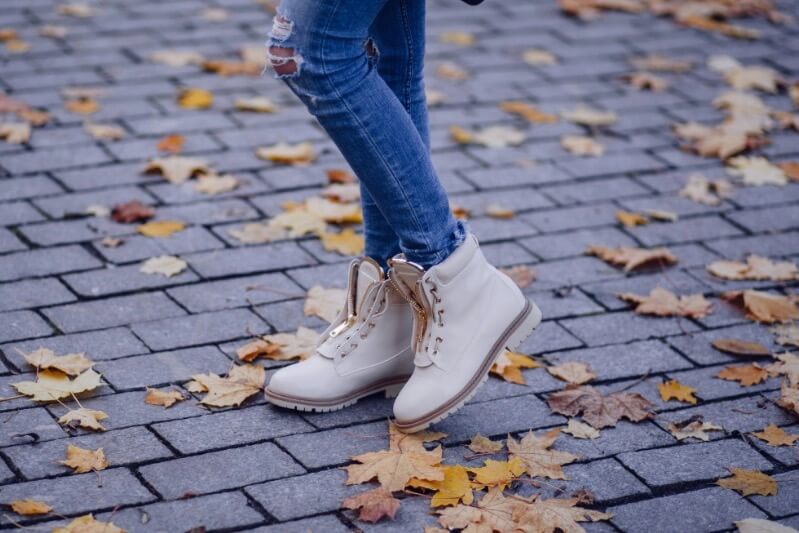For any brand owner or sourcing director in the footwear industry, the most critical strategic decision is not design, but production. A brand’s profitability, reputation, and ability to scale are all contingent upon a reliable, high-quality, and cost-effective supply chain. One late shipment or a single batch of poor-quality shoes can erode margins and, more damagingly, destroy customer trust.
In a global market that is larger and more competitive than ever, finding a manufacturing partner that you can truly depend on has become increasingly challenging. You do not just need a supplier; you need a strategic partner.
This guide is a professional playbook. We will walk through the entire process of private label shoe manufacturing in China, from creating a precise technical plan to implementing rigorous quality control. This document is designed to provide you with the clarity and confidence needed to build a successful and profitable footwear brand.
Why Private Label? A Strategic Imperative for Growth
Choosing a manufacturing model is a foundational business decision. For the majority of new or growing brands, the private label model is the most intelligent and capital-efficient path to building a profitable enterprise.
Higher Profit Margins: By working directly with a factory, you eliminate the layers of intermediaries, such as agents and trading companies, each of whom adds their own markup. Direct sourcing can reduce your costs by 15-20%, a margin that flows directly to your bottom line on every pair sold.
Total Brand Control: Your brand’s identity is your most valuable asset. The private label model grants you final authority over every detail—the design, the materials, the construction, and the packaging. You are not simply reselling a generic product; you are building a unique asset that differentiates you in the market.
Genuine Customer Loyalty: When customers can only acquire your unique styles from your brand, you create a powerful incentive for repeat business. You are insulated from the destructive price wars that plague retailers selling commoditized products. You own the relationship with your customer.
Intelligent Scalability: The private label model allows you to test new product lines, such as a hiker boot or a casual sneaker, without the massive capital investment required to own and operate your own factory. It is a framework that permits your product offerings to grow in direct response to your business success, not as a precondition for it.
A Sobering Reality: The Challenges You Must Prepare For
Success in manufacturing is a function of meticulous preparation. The most astute brands understand and plan for these challenges from the outset.
Upfront Capital Investment: Be prepared for the initial costs. These include not only the design work and the first production run (your Minimum Order Quantity, or MOQ), but also the significant expense of creating new, proprietary sole molds and producing multiple rounds of samples.
The Burden of Quality: The final product bears your brand’s name. Any quality deficiencies will be attributed directly to your brand, not to the factory. For this reason, partnering with a manufacturer that has a tough, well-documented, and verifiable quality control system is absolutely non-negotiable.
Production Dependency: Your production timeline is dictated by your manufacturer’s schedule and capacity. The only way to ensure you meet your launch dates and maintain adequate inventory is through a disciplined process of clear, constant communication and proactive planning.
The 6-Step Process for Successful Private Label Manufacturing
Step 1: The Blueprint (Creating a Professional Tech Pack)
Before you initiate contact with any factory, you must have a clear and professional plan. The best manufacturers are inundated with inquiries; they will only take brands that are well-prepared seriously.
Your detailed specification sheet, or tech pack, is the single most important document in this entire process. It is the primary tool for preventing misunderstandings and ensuring the factory produces the exact shoe you designed.
Your tech pack must be detailed and unambiguous:
Define the Product: Specify the type of shoe (e.g., athletic sneaker, casual boot) and the target market (e.g., USA, EU), as this will affect compliance requirements.
Specify All Materials: List every single component—the upper, the lining, the outsole, the midsole—using universal material codes or physical swatch references. For an outsole, you must specify the rubber hardness, the exact colors (using Pantone codes), and precise logo details.
List Required Certifications: State upfront if you require REACH compliance for Europe, specific ASTM lab tests for safety shoes, or a BSCI audit for social compliance.
Choose Your Manufacturing Model: Be explicit about whether you are providing your own complete design (OEM) or choosing and customizing a design from the factory’s existing catalog (ODM).
A professional tech pack is the foundation of a smooth and predictable production run.
Step 2: Sourcing (Finding the Right Manufacturing Hubs and Partners)
China’s footwear manufacturing industry is concentrated in several key regions. Knowing where to look provides a significant strategic advantage.
Guangdong Province (Guangzhou, Shenzhen): This is the global epicenter for a wide variety of footwear, from fashion to athletic.
Fujian Province (Xiamen, Fuzhou): This is a major international hub for athletic and casual shoes.
When you are conducting your search, you must look for factories that are specialists. A factory that excels at producing thousands of canvas sneakers per day will not have the correct equipment or artisan skills required for high-end leather boots. A quick review of a factory’s website should provide a clear indication of their focus. A well-curated site, for example, like jinhuashoes.com, makes it immediately apparent that they have deep and demonstrable experience in the casual and dress shoe categories.
When you find a potential partner, your first email must be professional and direct.
Introduce your brand.
State your needs with technical clarity (e.g., “men’s leather chukka boots for the US market”).
Provide a realistic, estimated order quantity.
This professional approach signals that you are a serious buyer and will elicit a more substantive response.
Step 3: Due Diligence (A Checklist to Verify Partners and Avoid Scams)
A great partner will solve problems. A bad partner will create them. You must conduct thorough due diligence.
Verify Their Business License: This is non-negotiable. You can use official online databases, such as China’s NECIPS, to verify their registration details. This confirms you are dealing with a legitimate corporate entity.
Protect Your Intellectual Property (IP): A standard Western NDA is functionally useless in China. You need an NNN Agreement (Non-Use, Non-Disclosure, Non-Circumvention). This must be drafted by a China-based lawyer, in Chinese, to be legally enforceable.
Consider Component Diversification: To further protect your IP, if your shoe has highly unique components, consider having different factories produce different parts. This prevents any single partner from possessing the complete blueprint to your product.
Get an Independent On-Site Audit: For a few hundred dollars, you can retain a globally recognized firm like SGS or Intertek to send an agent to visit the factory. They will verify their capabilities, inspect their quality systems, and confirm they are who they claim to be. This is the single best investment you can make for peace of mind.
Step 4: The Agreement (Contracts and Payments)
Your contract is your only true protection. To be enforceable in a Chinese court, your manufacturing agreement must be in Chinese and governed by Chinese law. Always work with a lawyer who specializes in Chinese contract law.
Let’s discuss the key terms.
Shipping Terms (Incoterms): The most common term you will work with is FOB (Free on Board). This means the factory’s price includes producing the goods and getting them loaded onto the ship at their local port. From that point, you take control. This is advantageous as it allows you to choose your own shipping company (freight forwarder).
Payment Terms: The industry standard is a 30% deposit to initiate production, with the final 70% paid after a successful pre-shipment inspection. Never pay 100% upfront. Tying your final payment to a quality check that you control is your most important point of leverage.
Step 5: Quality Control (From the “Golden Sample” Onwards)
The product development process is an iterative journey toward a single, critical artifact: the “golden sample.” This is the final, perfect shoe that you have approved. This single shoe becomes the immutable standard against which every pair in your bulk order must be judged.
When you are providing feedback on samples, be specific and technical. “The fit is loose” is not helpful. “The width at the ball of the foot is 5mm wider than our technical specification” is the kind of actionable feedback a factory can work with.
Once production begins, you must have a solid Quality Control (QC) plan.
Do not rely solely on the factory’s internal QC team. You must have your own independent inspector who works for you.
Your inspector should evaluate the goods based on AQL (Acceptance Quality Limit) standards. This is a globally recognized statistical methodology for inspecting a random sample of the products.
Your contract must clearly state that if the inspection fails, the factory is required to fix the problems before you release the final 70% balance payment.
This process gives you control. It ensures you receive the exact quality you paid for.
Frequently Asked Questions
Q1: If I pay for a custom shoe mold for my OEM design, who legally owns it?
You do. You paid for it, so it is your property. Your manufacturing agreement must state this in no uncertain terms. A reputable factory will never utilize your private mold to produce shoes for another brand.
Q2: What is a realistic timeline for a brand-new shoe from concept to delivery?
You should plan for a 90-120 day window. This typically includes about 30-45 days for developing the mold and perfecting the samples, and another 45-60 days for mass production.
Q3: How do I handle international shipping?
You should work with a freight forwarder. They are logistics experts who handle the entire process for you, from booking space on a container ship to clearing customs in your country and delivering the goods to your warehouse.
Q4: What happens if I find a major quality problem after I receive the shoes?
This is a very difficult situation, which is why the pre-shipment inspection is so critically important. If a latent (hidden) defect does appear after delivery, you must document everything with clear photos and videos immediately. Contact your factory. A true partner, one interested in a long-term relationship, will work with you on a fair solution, which could be a partial refund or a credit toward your next order.
Final Thoughts: The Soul of a Great Shoe is in the Process
I hope this guide has pulled back the curtain on the incredible process behind every great shoe. It’s a journey we at Jinhua Shoes live and breathe every single day. We truly believe that what separates a good shoe from a great one is a relentless obsession with the details.
It’s why we combine decades of traditional craftsmanship with the latest in modern technology. It’s why our veteran QC team treats your brand’s reputation as if it were our own. And it’s why we’re trusted by leading brands across five continents.
If you’re looking for a manufacturing partner who is as passionate about the process as you are about your brand, I would genuinely love to talk.
Got a project in mind? Let’s turn it into reality.
You can start the conversation by reaching out to our expert team through your preferred channel below.
📧 Email: sales@jinhuashoes.com
(You’ll get personalized, expert feedback within 12 business hours.)
💬 WhatsApp: +86 15157761712
(For a quicker, more informal chat.)



